Understanding a Common Co-occurrence in Autism Spectrum Disorder
Autism spectrum disorder (ASD) is often accompanied by various mental health challenges, with anxiety disorders being among the most prevalent. Recognizing the connection between autism and anxiety is crucial for timely diagnosis, effective intervention, and improving quality of life for autistic individuals. This article explores the nature of this relationship, examining prevalence, symptoms, causes, assessment methods, and treatment options.
Prevalence and Impact of Anxiety in Autism Spectrum Disorder
What is known about the prevalence of anxiety disorders in people with autism?
Research indicates that anxiety disorders are a common and significant challenge among individuals with autism spectrum disorder (ASD). Estimated prevalence rates show that roughly 34% to 50% of children and adolescents with ASD experience some form of anxiety disorder, depending on the assessment tools and diagnostic criteria used. In particular, conditions such as specific phobias, social anxiety, and obsessive-compulsive disorder (OCD) tend to be the most prevalent.
The occurrence of anxiety continues into adulthood, with studies suggesting that between 13% and 20% of autistic adults are affected by anxiety disorders. Notably, OCD and panic disorder are found at higher rates in the ASD population compared to neurotypical individuals. Elevated vulnerability to anxiety disorders in those without intellectual disability, as well as persistent anxiety symptoms into adult life, highlight the ongoing nature of this issue.
Furthermore, the risk of developing anxiety is not limited to childhood; many individuals show signs of anxiety that can develop or persist over time. This high prevalence underscores the necessity for early diagnosis and personalized treatment plans.
How does the prevalence compare with neurotypical populations?
When contrasted with neurotypical groups, the rates of anxiety disorders in people with autism are markedly higher. While approximately 18% of the general population experience an anxiety disorder at some point in their lives, estimates for the autistic community often reach up to 50%. This discrepancy points toward underlying differences, possibly related to sensory sensitivities, social communication challenges, and difficulties in managing uncertainty.
What effects does anxiety have on daily life and quality of life?
Anxiety in individuals with ASD significantly impacts their everyday functioning and overall quality of life. Common effects include difficulty engaging in social interactions, avoidance of social situations, and increased withdrawal, which can hinder social development and relationships. Anxiety can also exacerbate core autistic behaviors such as repetitive routines or insistence on sameness, making transitions and daily changes especially stressful.
On a practical level, anxiety may impair concentration, reduce participation in educational or work activities, and interfere with independence. Physical symptoms like rapid heartbeat, trouble sleeping, and muscle tension further contribute to distress and functional limitations. In children, severe anxiety can lead to tantrums, running away, or self-harming behaviors, complicating management.
In adults, untreated anxiety can lead to social isolation, depression, and a diminished ability to pursue employment or independent living. Addressing anxiety is therefore crucial for improving the overall well-being and integration of individuals with autism into society.
Symptoms and Behavioral Manifestations of Anxiety in Autism
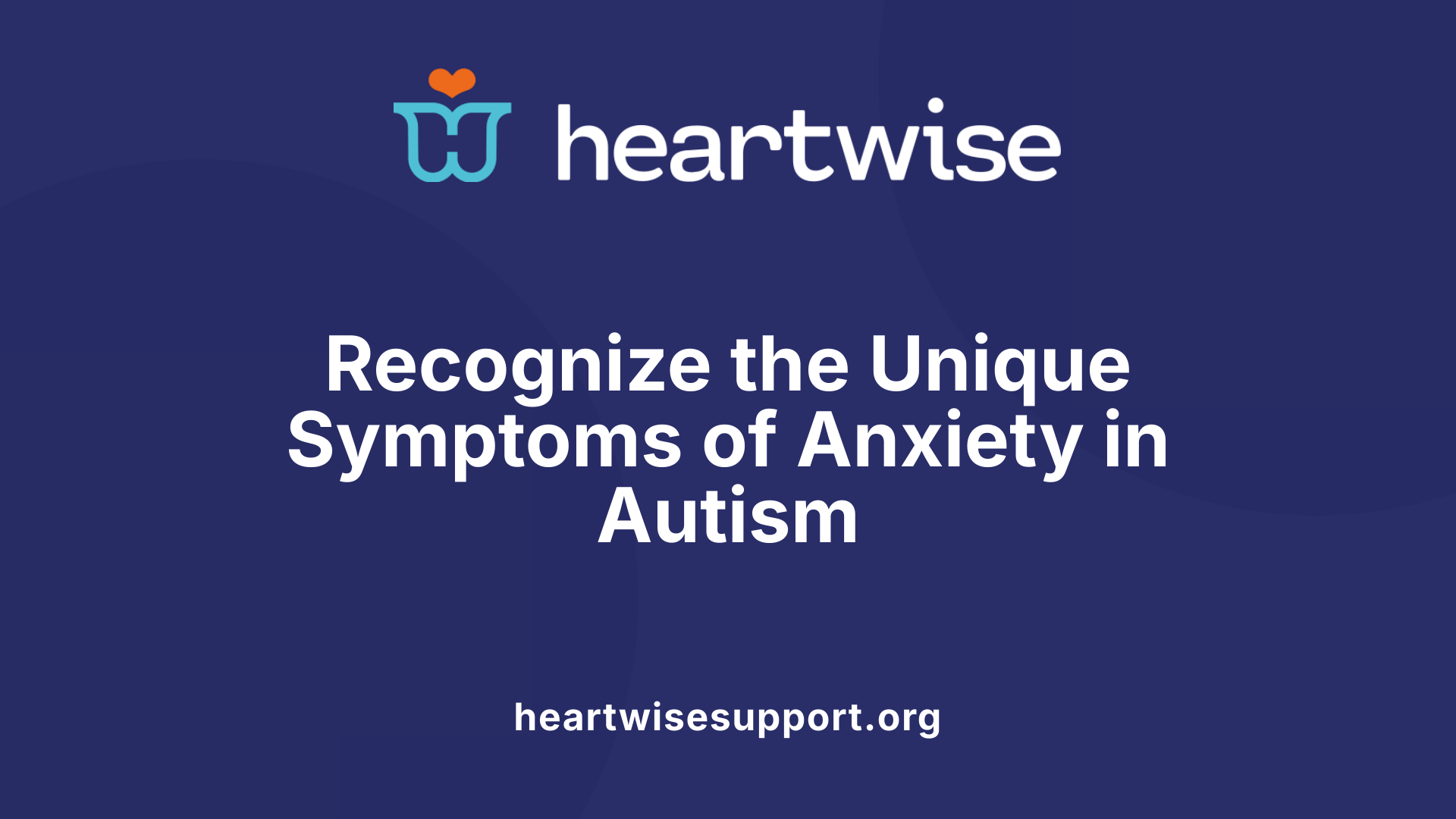
What are common symptoms of anxiety in individuals with autism?
Individuals with autism often display a range of symptoms when experiencing anxiety. These include feelings of excessive worry, fear, or a sense of impending doom. Physically, they may show signs such as a racing heart, sweating, stomachaches, shortness of breath, and feelings of nausea. Behaviors associated with anxiety can also involve avoidance of situations, increased repetitive movements, or sensory-seeking actions, which might serve as coping mechanisms.
Autistic individuals may become more irritable, have trouble sleeping, or show signs of restlessness and muscle tension. These manifestations can overlap with typical autism traits, such as limited social interaction or repetitive behaviors, which complicates diagnosis. Triggers like sensory overload, unpredictability, or disruptions in routines often intensify anxiety symptoms.
Overall, anxiety in autism can reveal itself in unique ways, blending emotional, physical, and behavioral signals. Recognizing these symptoms is crucial for appropriate support and intervention, as unmanaged anxiety can significantly affect daily functioning and quality of life.
The Neurobiological and Environmental Underpinnings Linking Autism and Anxiety
What causes or risk factors link autism and anxiety disorders?
The connection between autism spectrum disorder (ASD) and anxiety disorders stems from a combination of biological and environmental factors that interact complexly.
One prominent biological aspect involves differences in brain structure, particularly in the amygdala, which is crucial in the fear and threat response system. Research suggests that in autistic children, the amygdala may develop differently, often exhibiting atypical growth patterns. These variations can lead to heightened or dysregulated responses to perceived threats, increasing the susceptibility to anxiety.
Genetic influences also play a significant role. Studies indicate a shared heritability between autism and anxiety, suggesting that common genetic factors may predispose individuals to both conditions. This genetic overlap contributes to the persistence and severity of anxiety symptoms in the autistic population.
Environmental factors, including sensory sensitivities and social challenges, further compound anxiety risk. Autistic individuals often experience heightened sensitivities to sounds, lights, or touch, which can lead to overwhelming experiences and heightened anxiety levels. Difficulties in social communication and understanding social cues can cause stress, especially in unpredictable or demanding social situations.
Cognitive factors such as intolerance of uncertainty and emotion regulation deficits are also influential. Many autistic people find it difficult to cope with unpredictability or change, which can trigger anxiety. Furthermore, challenges in processing emotions and automatic negative thoughts can exacerbate feelings of fear, worry, and panic.
In summary, the link between autism and anxiety involves an intricate interplay of neurobiological differences, genetic predispositions, and environmental stressors. This multifaceted relationship underscores the importance of a comprehensive approach to assessment and treatment, addressing both biological and psychological components to better support affected individuals.
Assessment and Diagnosis Strategies for Anxiety in Autism Spectrum Disorder
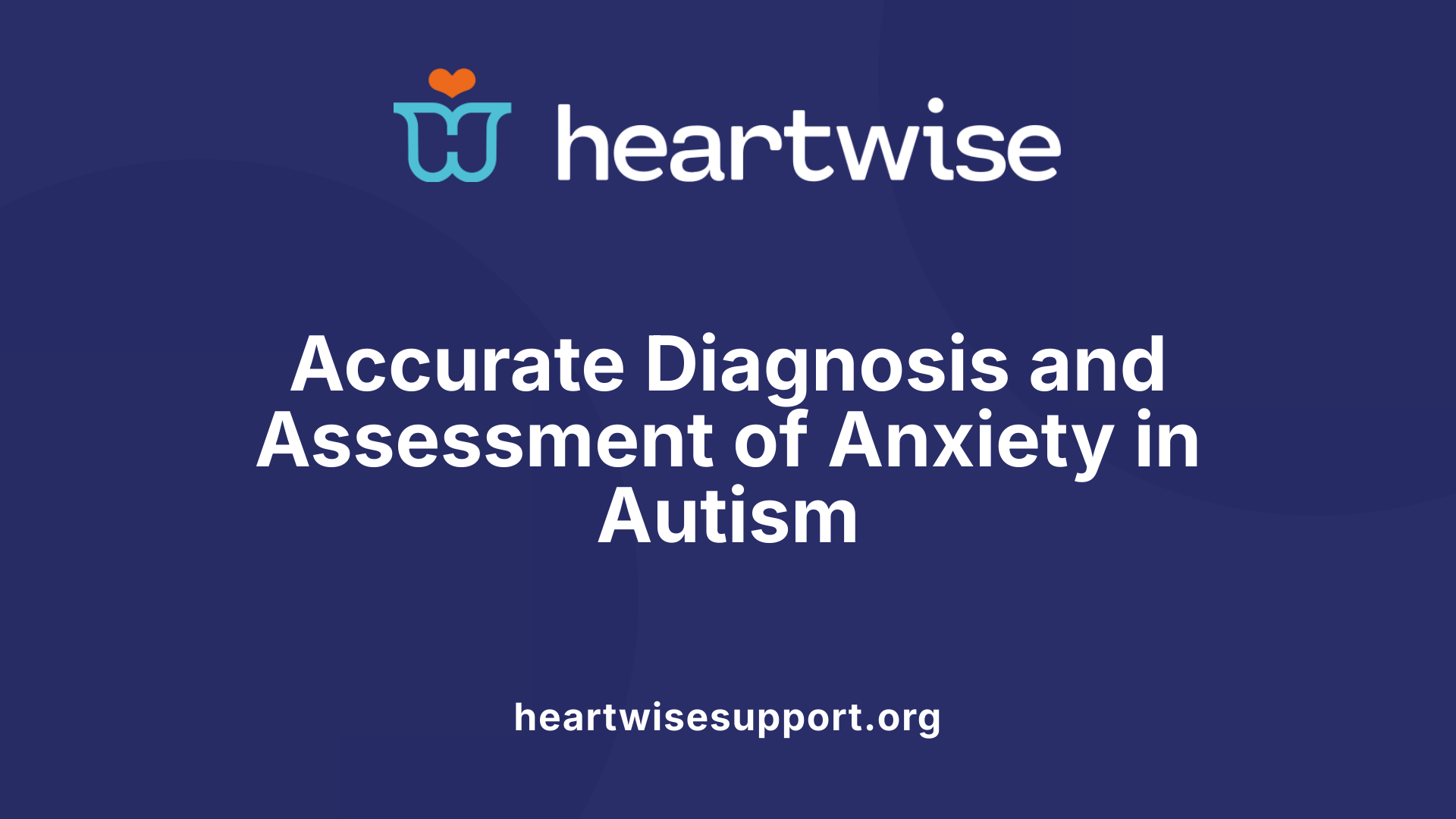 Diagnosing and assessing anxiety in autistic individuals is a nuanced process that combines clinical expertise with specialized tools designed to capture the unique ways anxiety manifests in this population.
Diagnosing and assessing anxiety in autistic individuals is a nuanced process that combines clinical expertise with specialized tools designed to capture the unique ways anxiety manifests in this population.
One of the primary methods involves the use of standardized questionnaires and rating scales tailored for autistic children and adolescents. The Anxiety Scale for Children - ASD (ASC-ASD) is specifically developed to identify anxiety symptoms in autistic youth, considering sensory sensitivities and communication differences. The Child and Adolescent Symptom Inventory (CASI) and Multidimensional Anxiety Scale for Children (MASC) are also commonly employed, providing comprehensive insights into anxiety levels.
In addition to questionnaires, clinicians often utilize behavioral observations during assessments. These observations help identify subtle signs of anxiety, such as avoidance behaviors, repetitive movements, or physiological responses like sweating or rapid heartbeat, which may not be readily reported by the individual.
A challenge in assessment stems from the overlap between anxiety symptoms and core autistic behaviors. For example, routines or repetitive behaviors might be seen as both autistic traits and signs of anxiety. Similarly, flat affect or limited social interaction may be part of autism or could indicate social anxiety.
To address these complexities, validated clinician-administered interviews such as the Anxiety Disorders Interview Schedule (ADIS) are used. The ADIS, especially in its version adapted for autism (ADIS-ASD), combines clinical judgment with structured questions to differentiate anxiety from other behaviors.
Assessment for autism itself typically involves tools like the Autism Diagnostic Observation Schedule (ADOS), Autism Diagnostic Interview-Revised (ADI-R), and the Childhood Autism Rating Scale (CARS-2), which evaluate social communication deficits and repetitive behaviors.
Accurate diagnosis of both autism spectrum disorder and comorbid anxiety is crucial. It informs tailored intervention strategies such as adapted cognitive-behavioral therapy (CBT), mindfulness practices, and environmental modifications. Early and precise assessment leads to better management and improved quality of life for autistic individuals struggling with anxiety.
Interplay of Genetic, Neurobiological, and Social Factors in the Autism-Anxiety Relationship
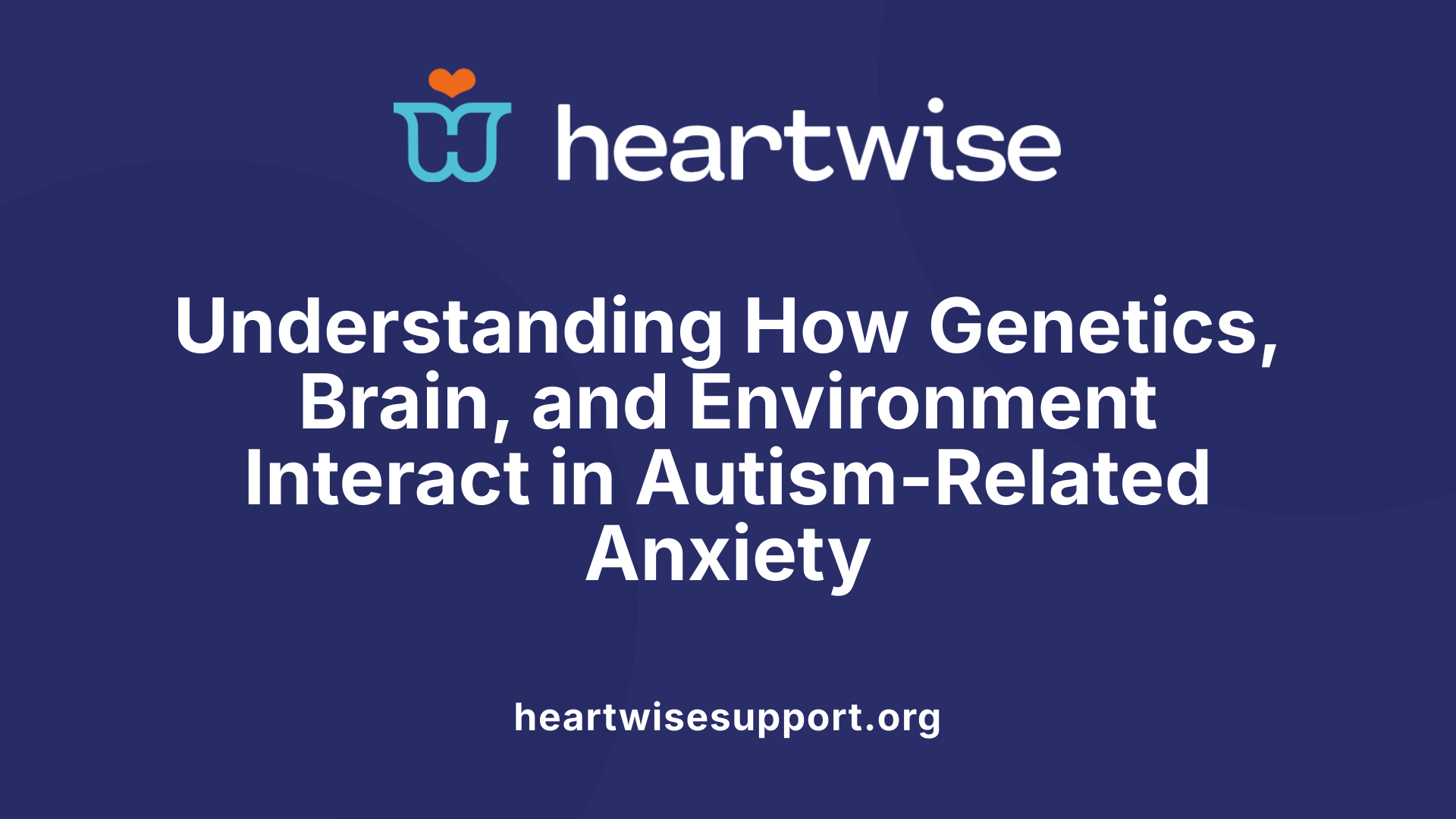
Why is anxiety common among autistic children and adults?
Anxiety occurs frequently in both children and adults with autism due to a complex interaction of genetic, neurobiological, and environmental influences. Scientific research indicates that shared genetic traits may contribute to both autism and anxiety, suggesting a hereditary component that increases susceptibility.
Neurodevelopmental differences, especially involving the amygdala—an area of the brain responsible for fear response—are also crucial. In autistic individuals, variations in the growth and functioning of the amygdala can impair emotional regulation, making it easier for fears and anxieties to develop and persist.
Furthermore, social experiences and environmental factors significantly affect anxiety levels. Autistic children and adults often face social communication challenges, sensory sensitivities, and unpredictable routines, which can heighten stress. Environments that lack predictability or involve sudden changes exacerbate feelings of distress.
The overlap between autism-specific behaviors such as repetitive movements, strict routines, and social withdrawal with anxiety symptoms can complicate diagnosis and treatment. Sensory overload from sounds, lights, or tactile stimuli may trigger anxiety episodes, especially in crowded or chaotic settings.
In summary, the high occurrence of anxiety in autism stems from an intricate web of genetics, altered brain development, and challenging social and environmental conditions. This multidimensional relationship underscores the importance of tailored approaches in managing anxiety within this population.
Treatment and Management Approaches for Anxiety in Autism Spectrum Disorder
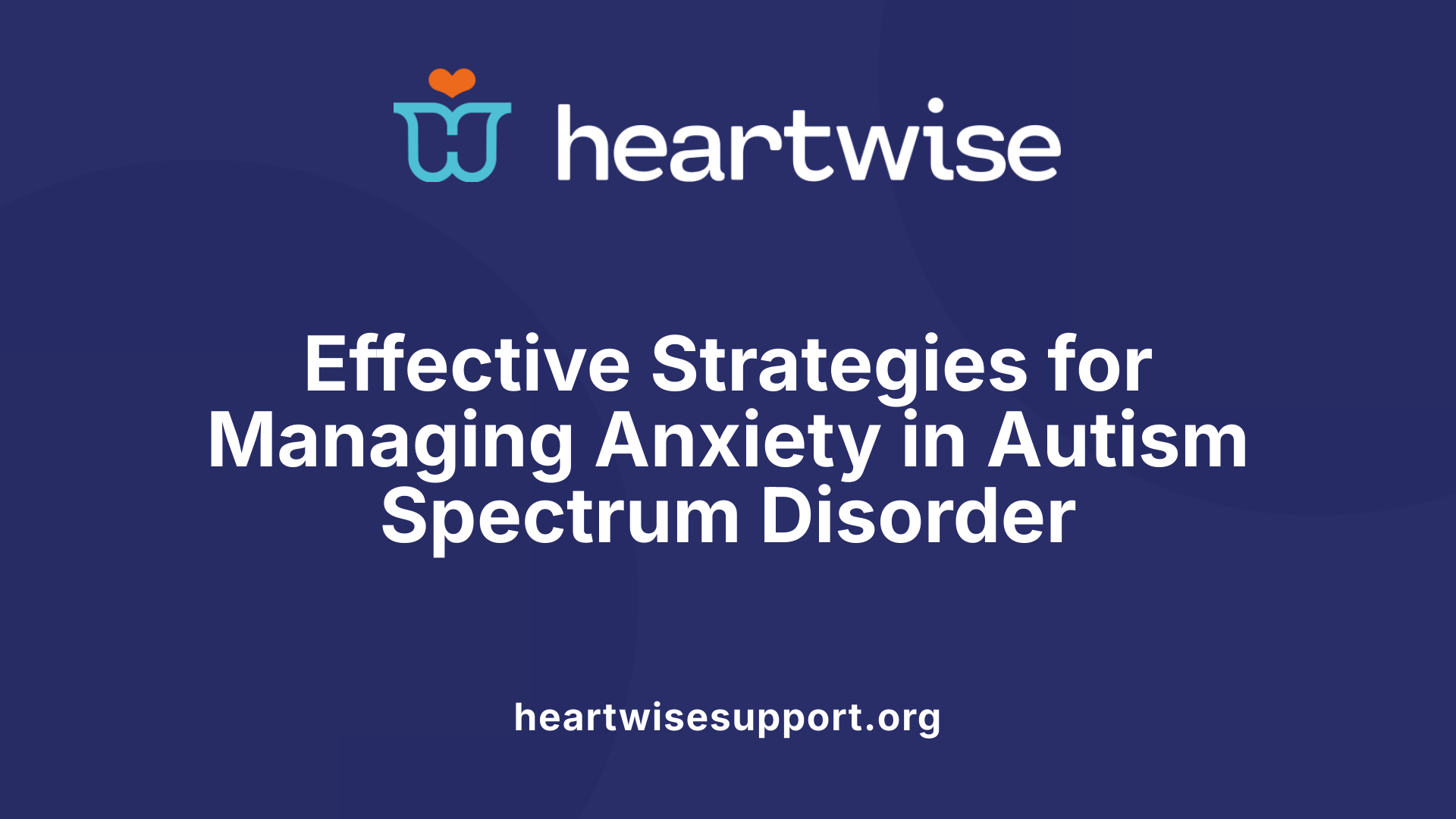
What treatment options are available for managing anxiety in autism spectrum disorder?
Managing anxiety in individuals with autism spectrum disorder (ASD) involves a variety of approaches tailored to each person's needs. Among psychological interventions, adapted cognitive-behavioral therapy (CBT) is widely regarded as effective. Traditional CBT methods are modified for autistic individuals by incorporating visual supports, social stories, and involving caregivers, which enhance understanding and engagement. These modifications help reduce anxiety symptoms and improve coping skills.
In addition to psychological therapies, behavioral interventions such as applied behavior analysis (ABA) and social skills training play a vital role. These strategies address specific triggers of anxiety by teaching functional skills, improving social interactions, and reducing avoidance behaviors.
Pharmacological options can also be considered, especially when behavioral therapies alone are insufficient. Selective serotonin reuptake inhibitors (SSRIs) are the most common medications used, offering benefits for some, but they usually require careful monitoring due to potential side effects and the limited evidence regarding their efficacy specifically in ASD populations.
Supporting overall mental health and reducing anxiety can also involve developmental and educational therapies, occupational therapy, and sensory integration strategies. These methods help improve sensory processing, communication, and daily functioning.
It is essential to customize treatment plans based on the individual’s unique profile, severity of symptoms, and personal preferences. A multidisciplinary team—comprising psychologists, psychiatrists, speech therapists, and educators—ensures comprehensive care that addresses not just anxiety symptoms but also related challenges. Early assessment and intervention can significantly improve quality of life and social functioning for those with ASD.
Support Resources and Future Directions in Managing Anxiety
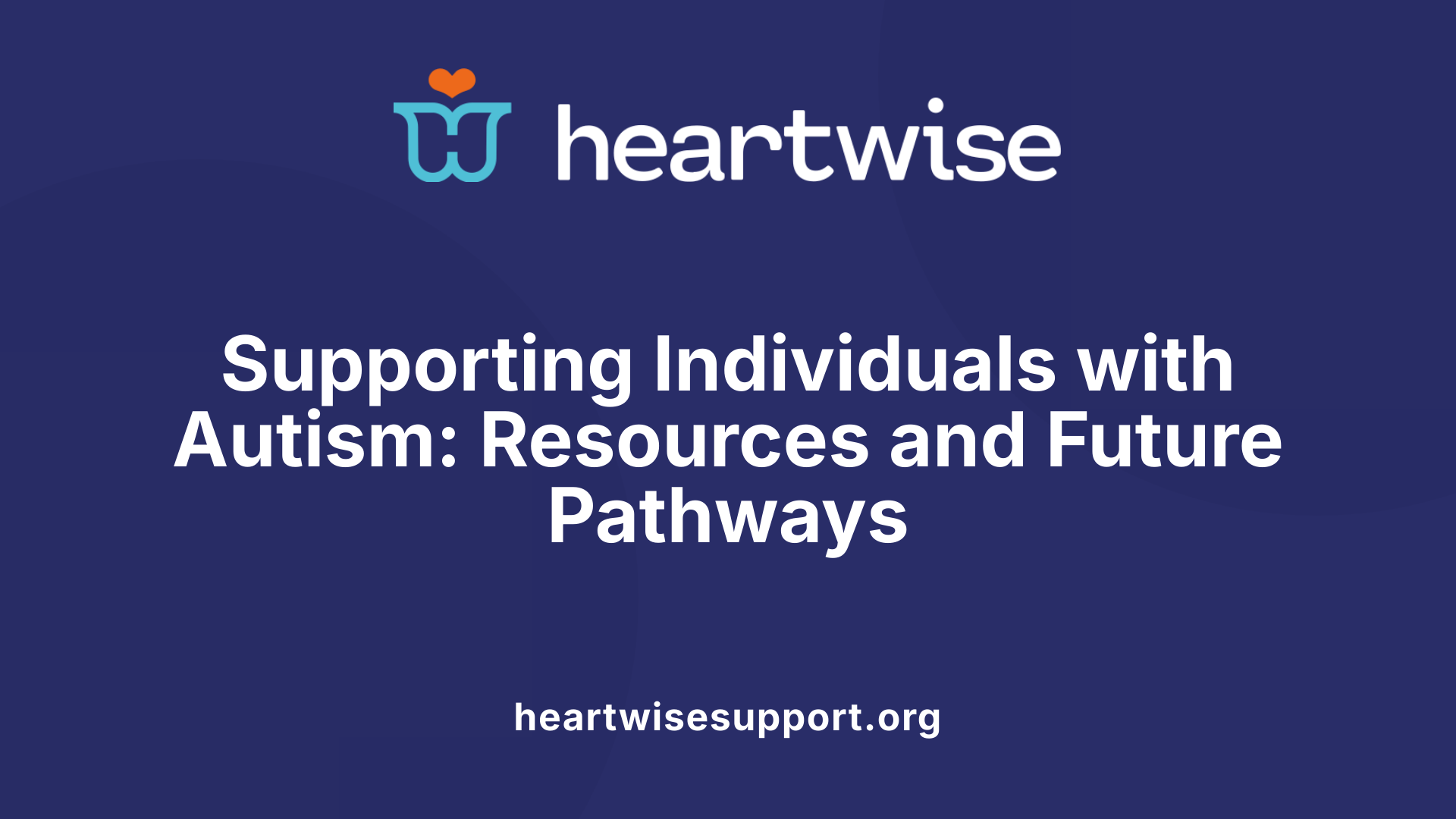
What resources are available to support managing anxiety in individuals with autism?
Many resources are accessible to help manage anxiety in people with autism. Evidence-based psychological therapies like cognitive-behavioral therapy (CBT) are among the most effective. These therapies focus on helping individuals identify and challenge fears, while gradual exposure to anxiety-provoking situations reduces sensitivity over time.
Sensory engagement strategies, such as using calming sensory tools or engaging in sensory diets, can also lower stress responses. Relaxation techniques, especially diaphragmatic breathing and mindfulness exercises, are useful tools for calming the body and mind. Visual supports—like social stories and visual schedules—help increase predictability and reduce uncertainty, which can be a major source of anxiety.
Behavioral interventions such as applied behavior analysis (ABA) and structured educational programs like TEACCH support routine development and alleviate anxiety linked to change or unpredictability.
Support from qualified professionals, including psychologists, occupational therapists, and developmental specialists, plays a pivotal role. Caregivers can also implement strategies such as keeping diaries to track anxiety triggers, practicing mindfulness, and using specialized apps like Molehill Mountain designed for anxiety management.
In some cases, medication may be prescribed by healthcare providers to help control severe anxiety symptoms. Additionally, organizations like NAMI (National Alliance on Mental Illness) and SAMHSA (Substance Abuse and Mental Health Services Administration) provide comprehensive directories, educational materials, and support networks that can guide families and individuals through available treatment options.
Ongoing research continues to explore innovative treatments, including novel pharmacological agents and neuromodulation techniques, aimed at better understanding and reducing anxiety among autistic populations. Support networks and community programs are also expanding, providing social engagement opportunities which have been shown to contribute positively to mental health.
Current Scientific Insights and Emerging Treatments for Autism-Related Anxiety
What scientific research has been conducted on the relationship between autism and anxiety?
Extensive scientific studies have delved into understanding the connection between autism spectrum disorder (ASD) and anxiety. Research indicates that anxiety disorders are highly prevalent among people with autism, with some populations showing rates as high as 83%. These include common conditions such as generalized anxiety disorder, separation anxiety, specific phobias, obsessive-compulsive disorder (OCD), and social anxiety.
Meta-analyses have highlighted a significant correlation between intolerance of uncertainty (IoU) and anxiety in autistic individuals. One such study reported an effect size of r=0.62, meaning that IoU explains about 38% of the variance in anxiety symptoms among this population. This suggests that difficulties with unpredictability and change are deeply intertwined with anxiety symptoms.
Research also shows that traits specific to autism—such as sensory sensitivities, social difficulties, and communication challenges—are directly associated with increased anxiety, independently of other factors. Sensory processing differences, in particular, may exacerbate anxiety, as heightened sensitivities to sounds, touch, or lights can trigger anxious responses.
Furthermore, findings indicate that addressing these cognitive and neurobiological aspects could help reduce anxiety. For example, interventions aimed at improving tolerance to uncertainty and sensory regulation have shown promise in decreasing anxiety levels.
Overall, current research paints a picture of a complex, multifaceted relationship between autism and anxiety. It underscores the importance of tailored assessment methods that consider the unique neurocognitive profiles of autistic individuals. Understanding these mechanisms is vital for developing targeted treatments that can effectively address both conditions, ultimately improving quality of life.
How do emerging treatments target social communication and repetitive behaviors?
Emerging therapies aim to address core autistic features that often contribute to anxiety, particularly social communication difficulties and repetitive behaviors. Novel approaches include social skills training programs that incorporate elements of cognitive-behavioral therapy (CBT) adapted for individuals with autism. These programs focus on improving social understanding and reducing avoidance behaviors.
Additionally, interventions targeting repetitive behaviors, which may serve as coping mechanisms, are being refined. Behavioral therapies that modify routines and provide alternative coping strategies aim to lessen anxiety triggered by changes or disruptions.
Researchers are also exploring social communication enhancements through technology-based tools, such as virtual reality and social storytelling, to promote familiarity and reduce social fears. These tools aim to simulate real-world interactions in a controlled environment, decreasing social anxiety.
Early investigations into neurobiological interventions involve modifying brain circuits associated with social processing and behavioral regulation. Although still in preliminary stages, these methods seek to directly influence neural pathways involved in social cognition and repetitive behaviors.
What potential new pharmacological treatments like oxytocin or cannabinoids are being studied?
Pharmacological research is exploring novel compounds to target the biological underpinnings of anxiety and social difficulties in autism. One promising avenue involves oxytocin, a neuropeptide known to facilitate social bonding and reduce social anxiety. Preliminary clinical trials suggest that intranasal oxytocin may improve social engagement and decrease anxiety symptoms in some autistic individuals.
Another area of interest is the use of cannabinoids, which have shown potential in reducing repetitive behaviors and anxiety in early studies. Compounds like cannabidiol (CBD) are being investigated for their calming effects and ability to modulate neural circuits related to stress and social interaction.
While these treatments show promise, extensive research is still needed to fully understand their efficacy, safety, and appropriate dosing in autistic populations. Current studies are aiming to determine which individuals may benefit most and how these medications can be integrated with behavioral therapies for comprehensive management.
Research supported by ongoing scientific efforts continues to illuminate the biological pathways involved in autism-related anxiety. The goal is to develop targeted, effective treatments that address both the core features of autism and its common comorbidities, ensuring better outcomes and quality of life for individuals on the spectrum.
Moving Forward with Awareness and Support
Understanding the deep connection between autism and anxiety disorders is vital for developing effective interventions and support systems. With ongoing research shedding light on biological, psychological, and social factors, tailored treatment approaches—incorporating therapy, medication, and environmental modifications—can substantially improve outcomes. Early detection and comprehensive care are essential to help autistic individuals manage anxiety, enhance their social participation, and lead fulfilling lives. Continued efforts in scientific research and resource development promise a future where autism-related anxiety is better understood and more effectively addressed.
References
- Autism and Anxiety - Autism Research Institute
- Anxiety and autism | What is autism? - Autistica
- Comorbid autism spectrum disorder and anxiety disorders: a brief ...
- Anxiety in Autism Spectrum Disorder
- Anxiety in Autism Spectrum Disorder: Clinical Characteristics and ...
- Anxiety disorders and autism | Autism Speaks
- Autism and Anxiety: Similarities and Differences - Healthline
- Anxiety's Toll on People With Autism | Kennedy Krieger Institute
- Early risk factors for anxiety disorders in children with autism ...
- Autism: The Impact of Anxiety on Daily Life - Attwood & Garnett Events











